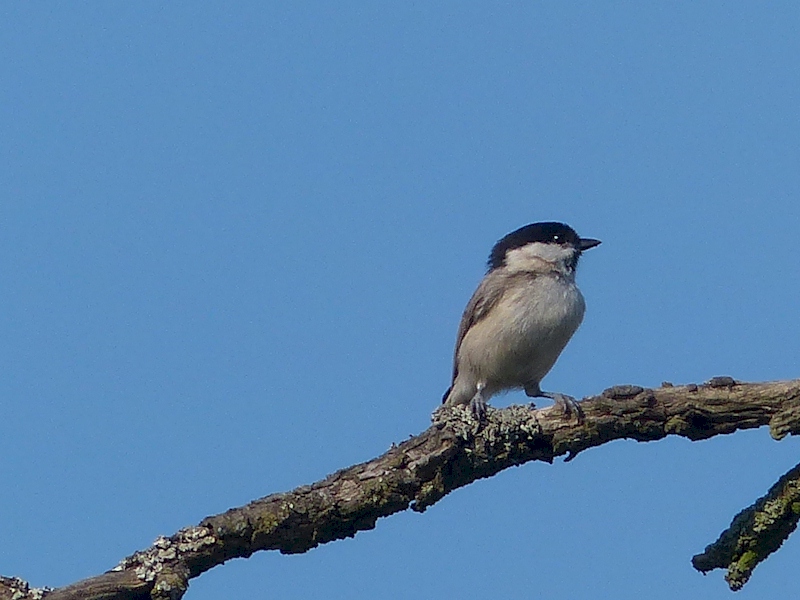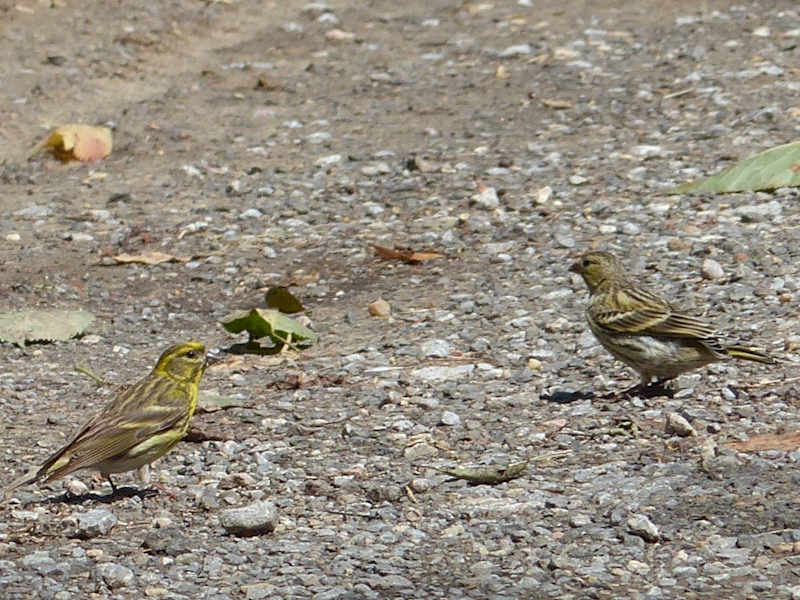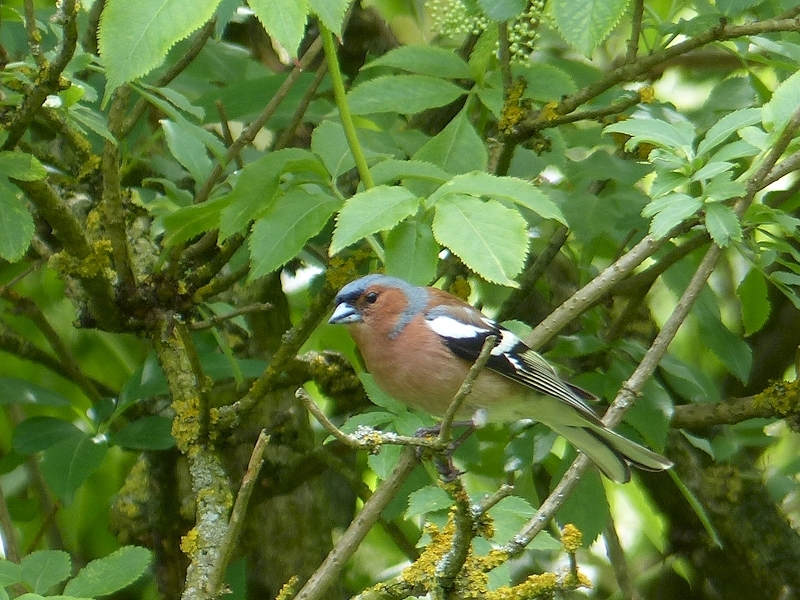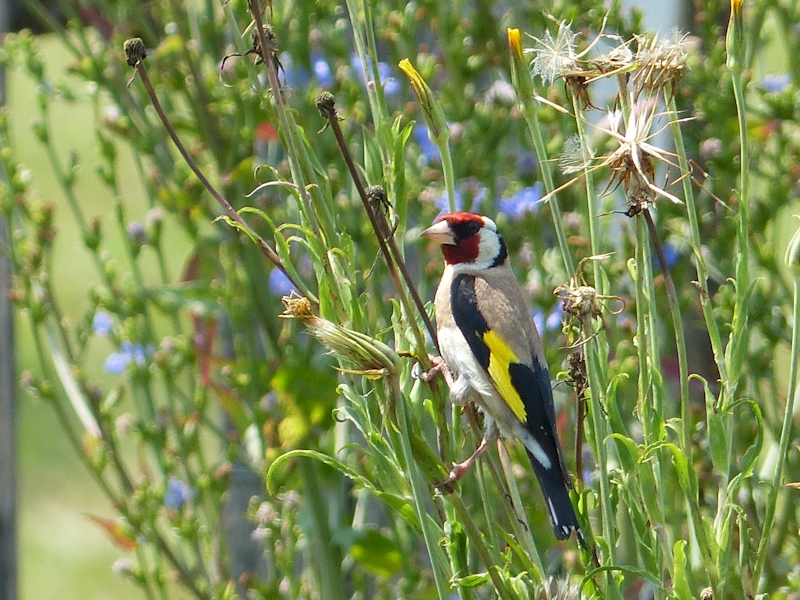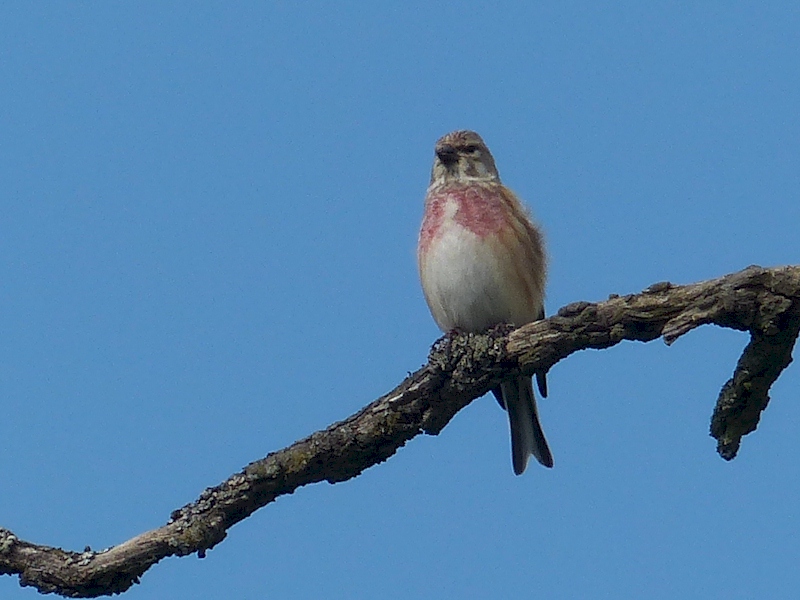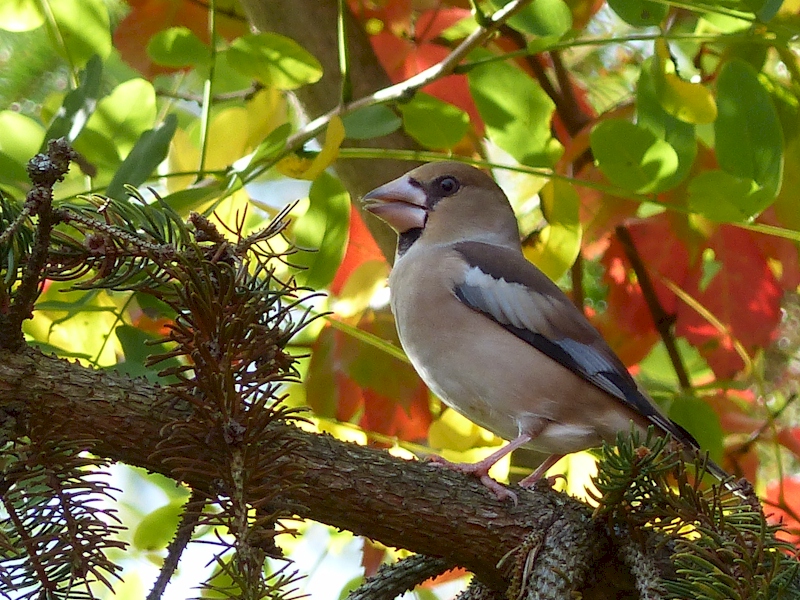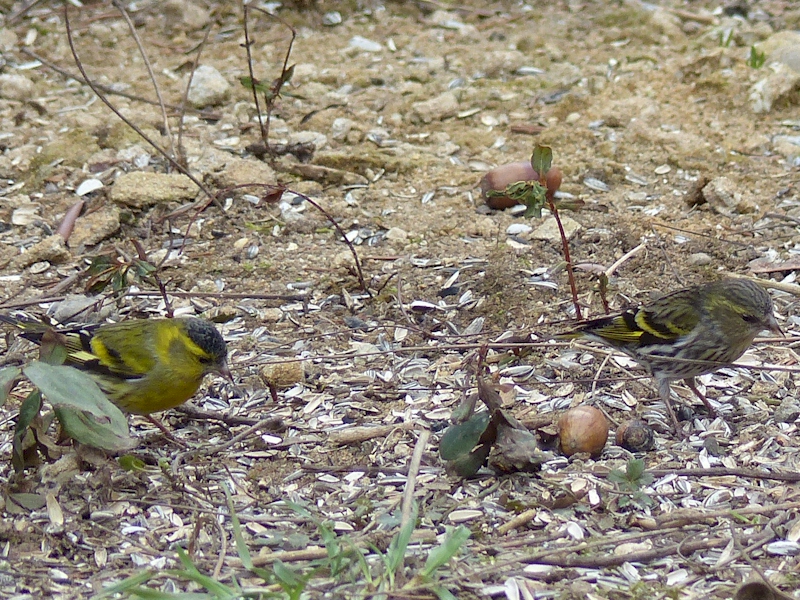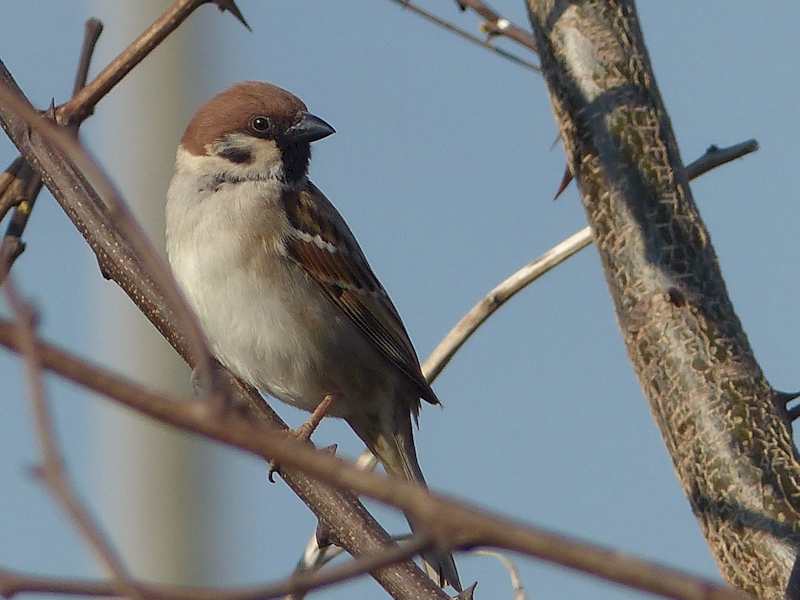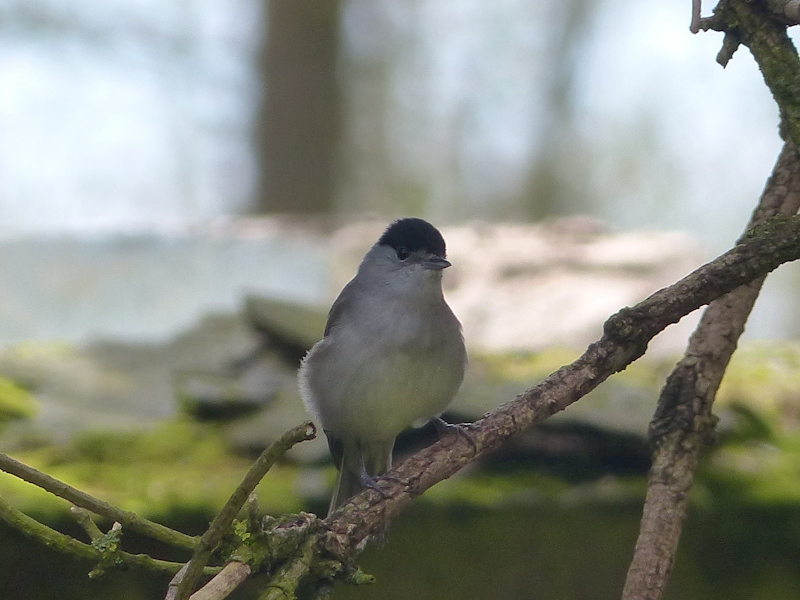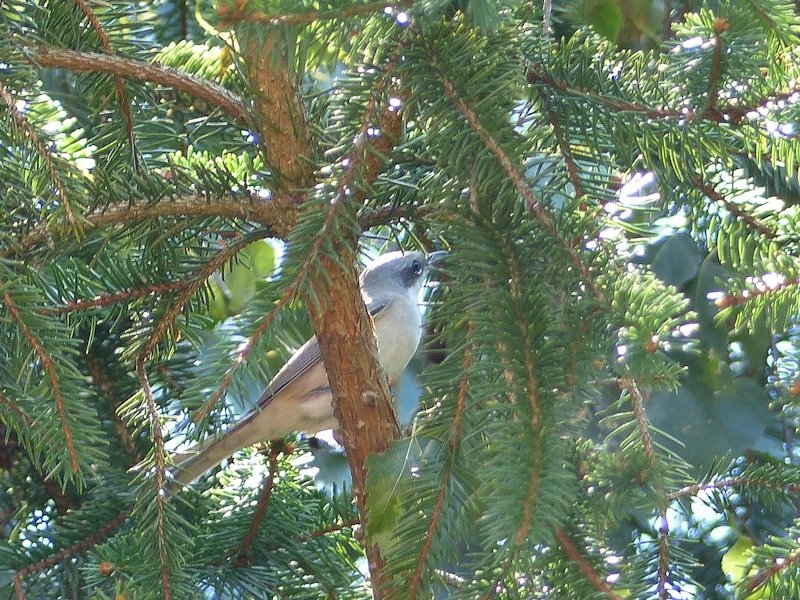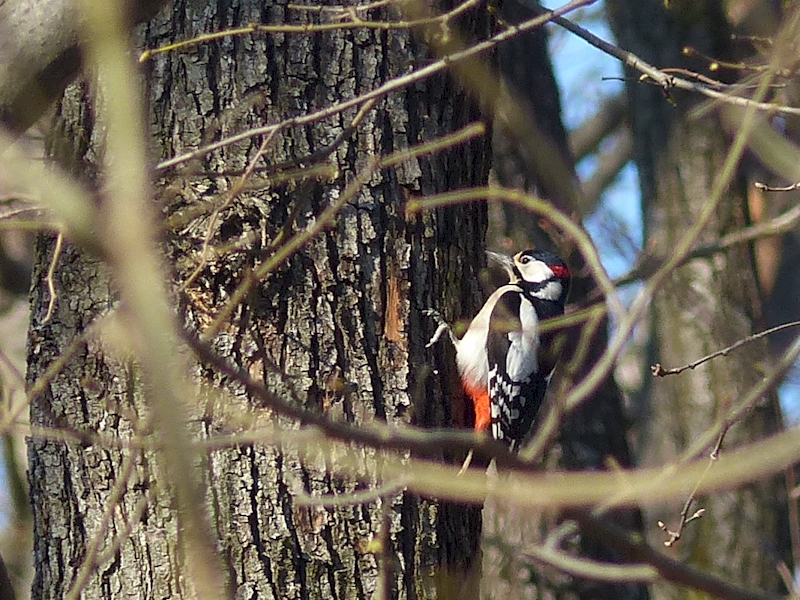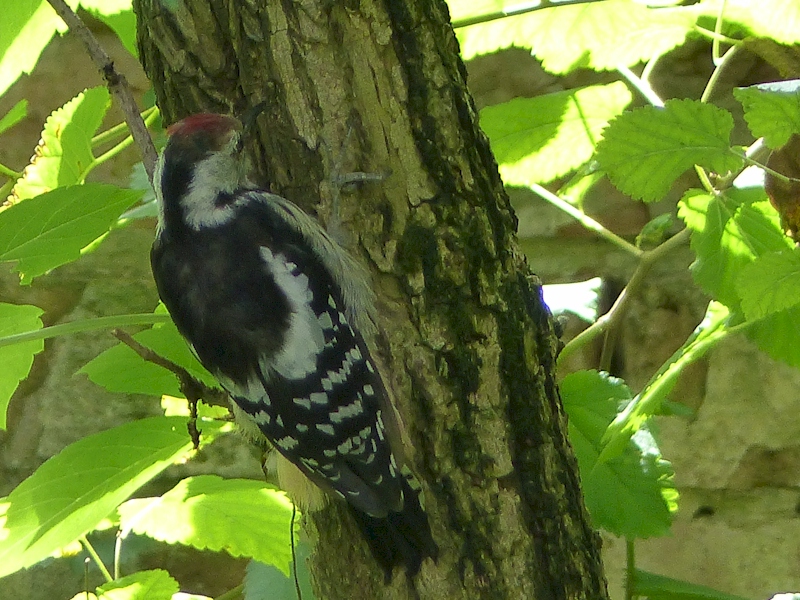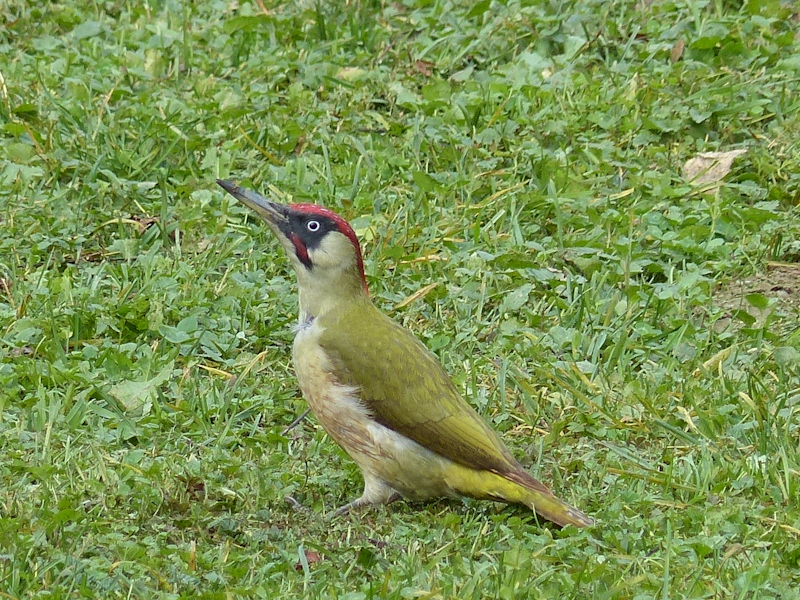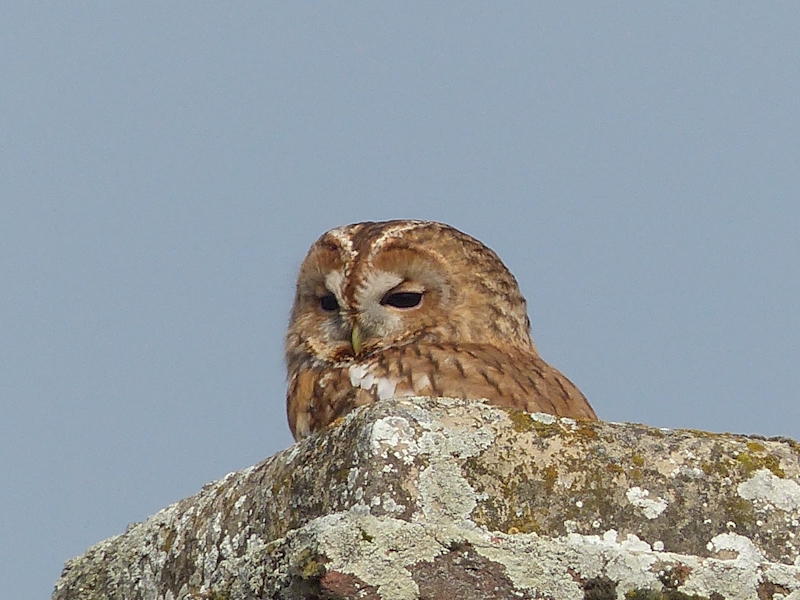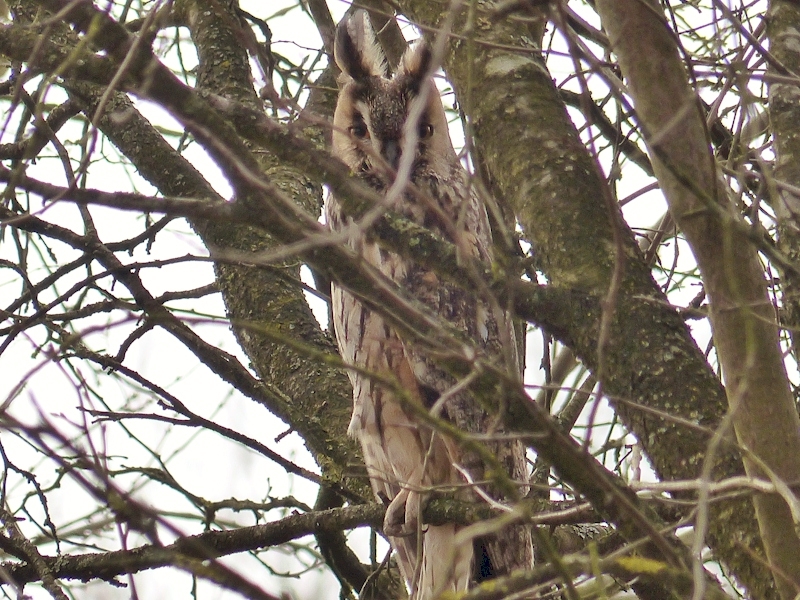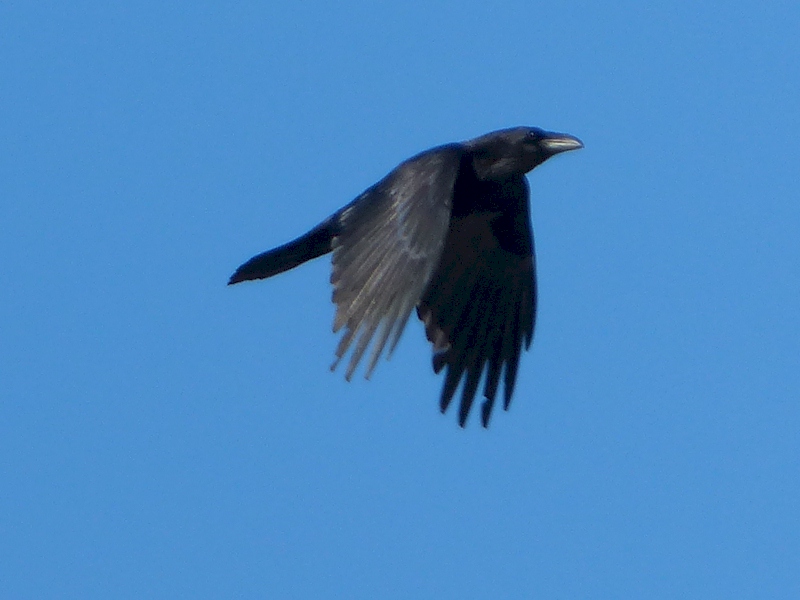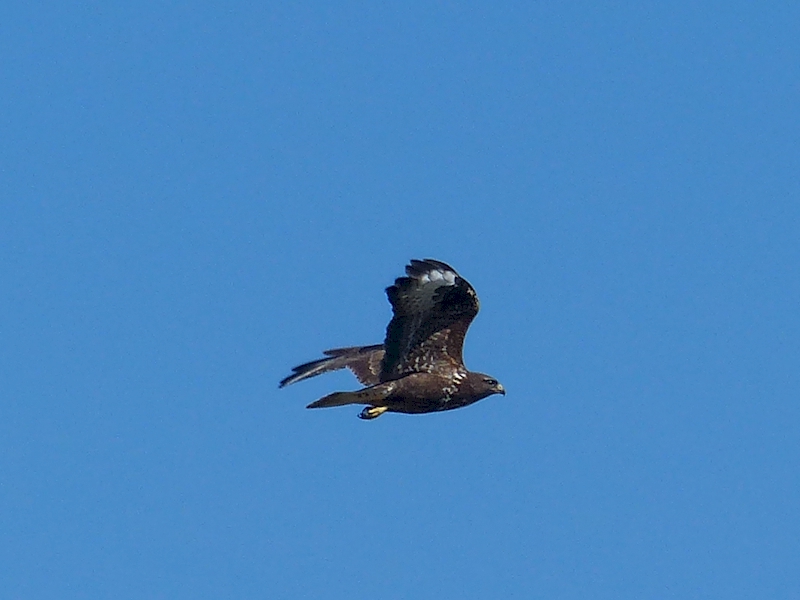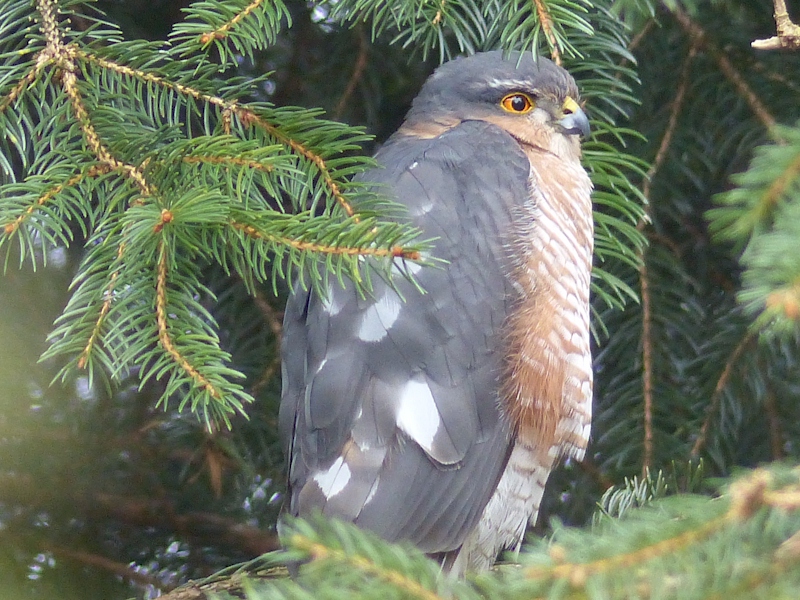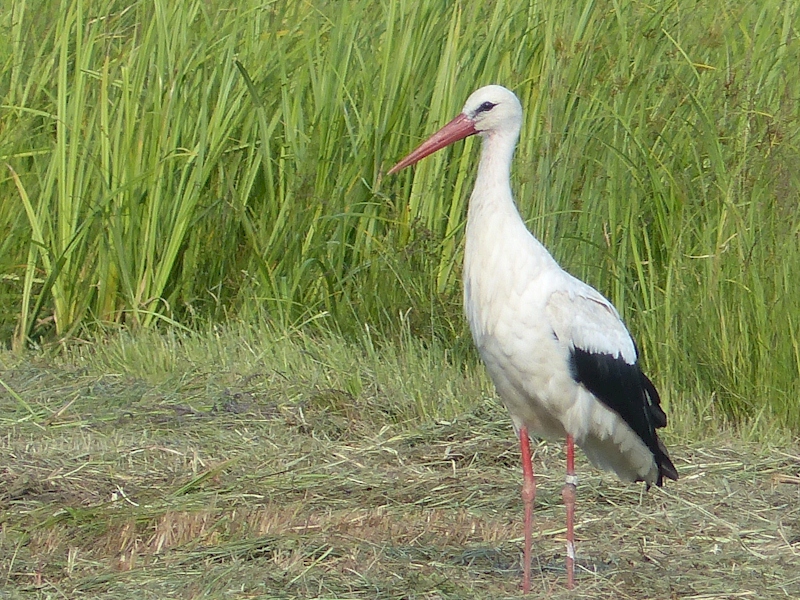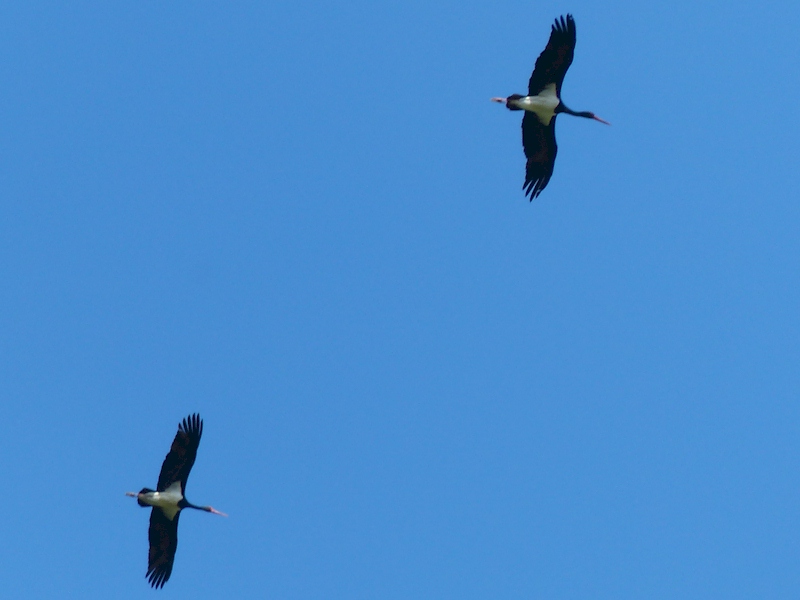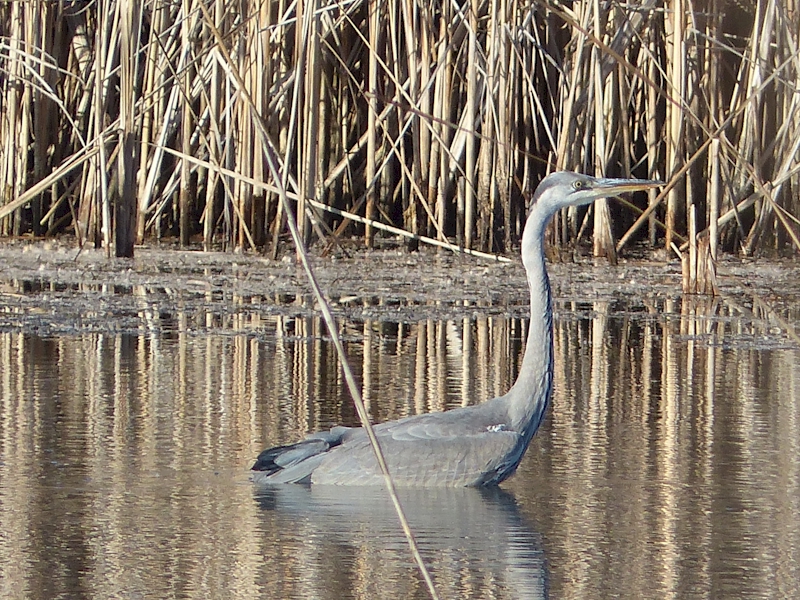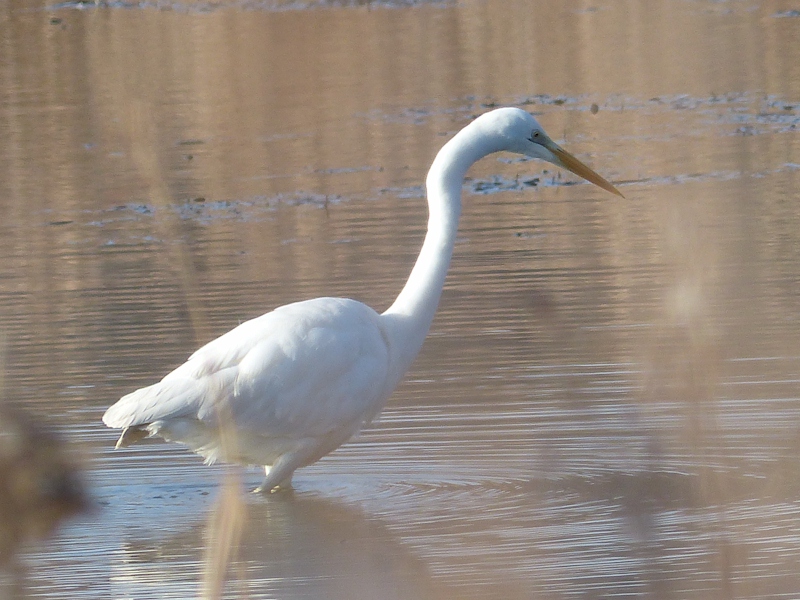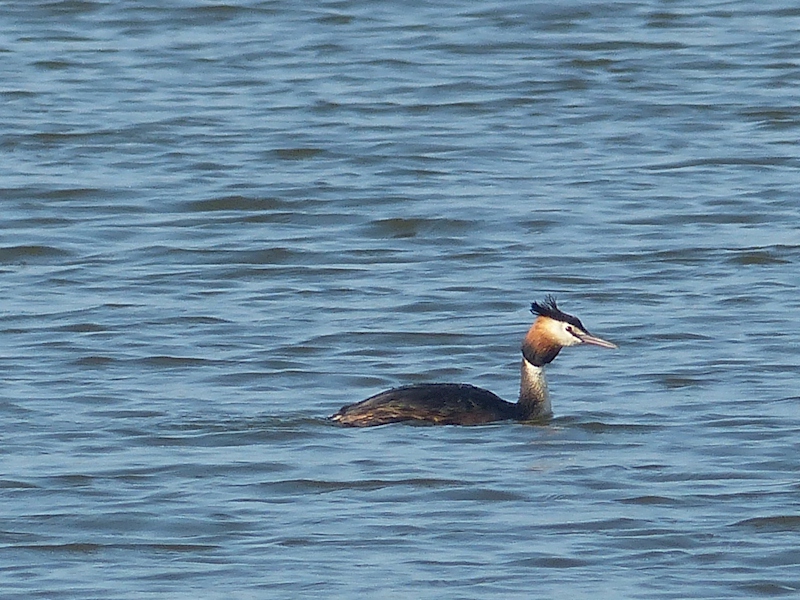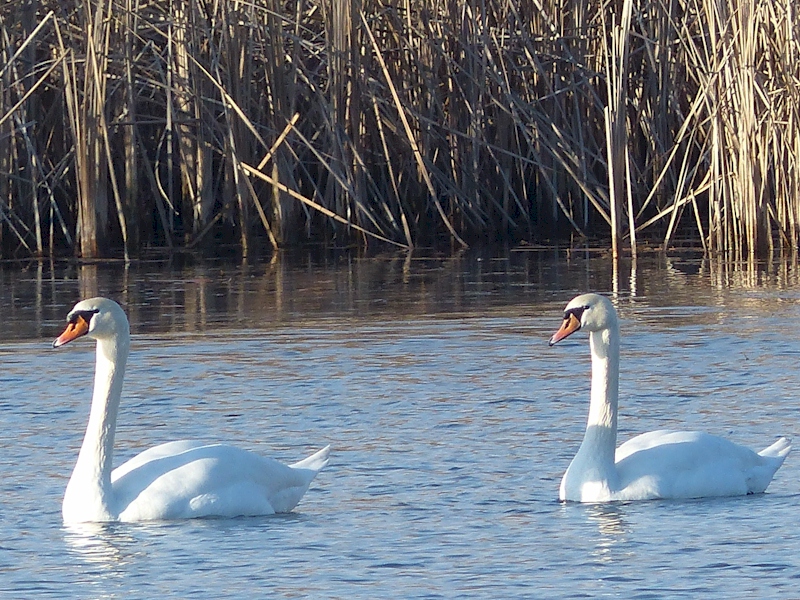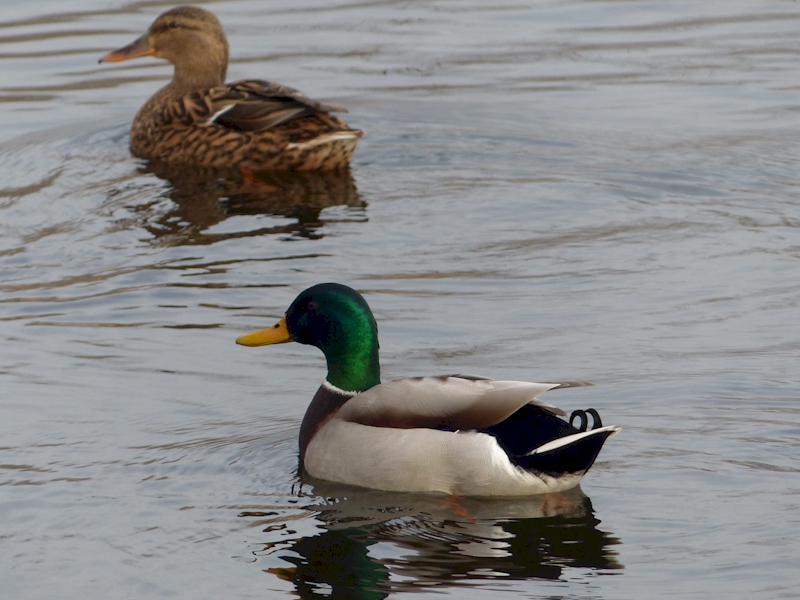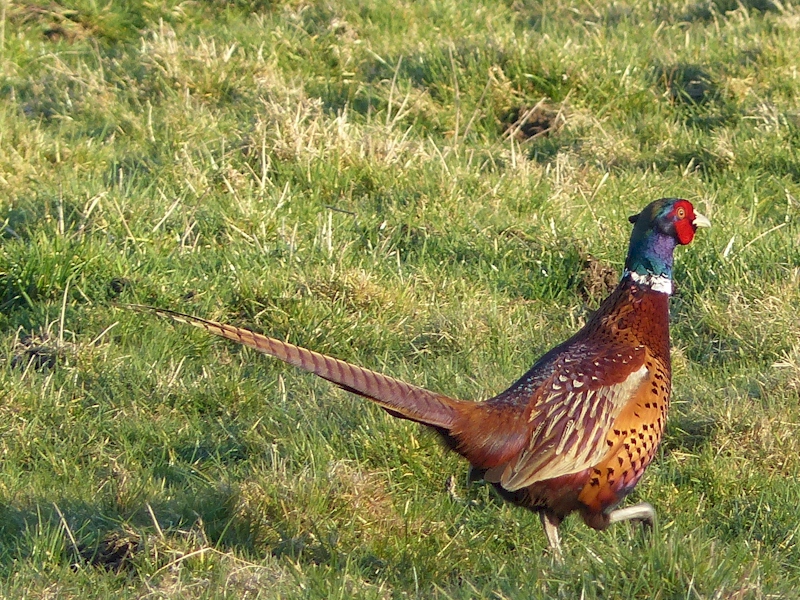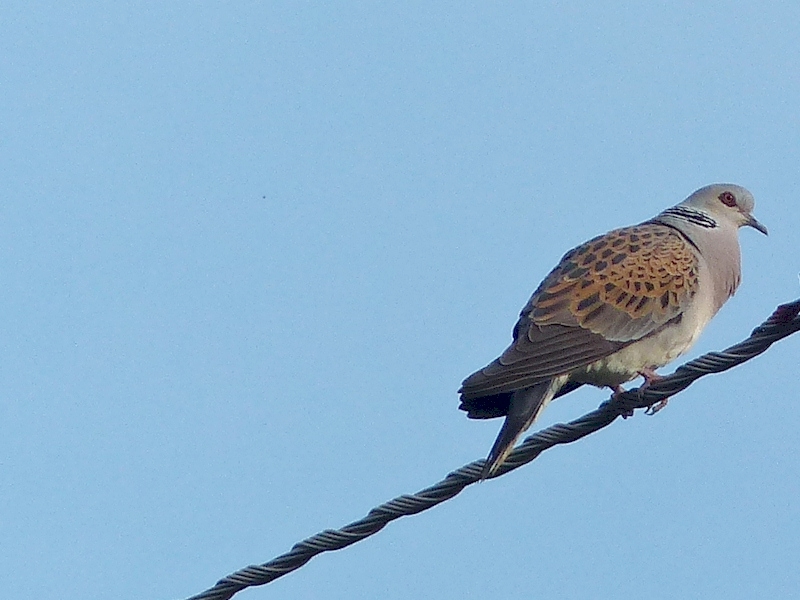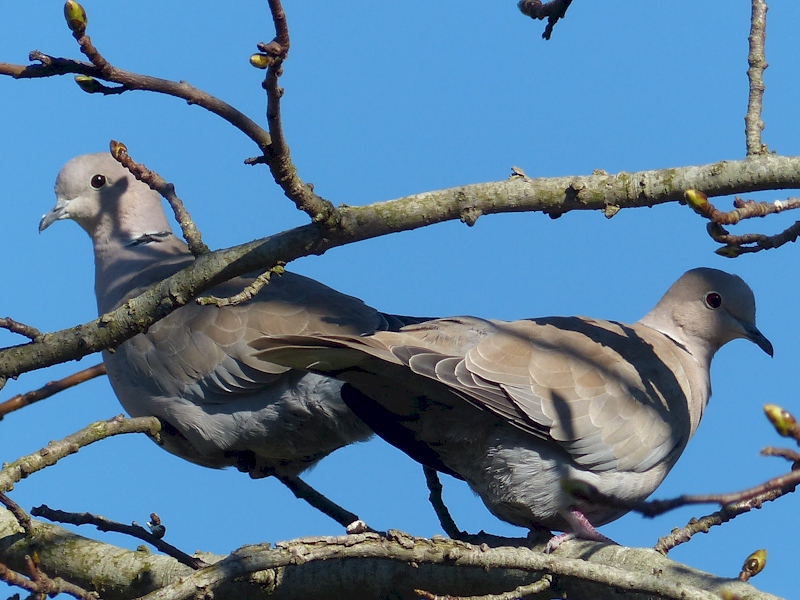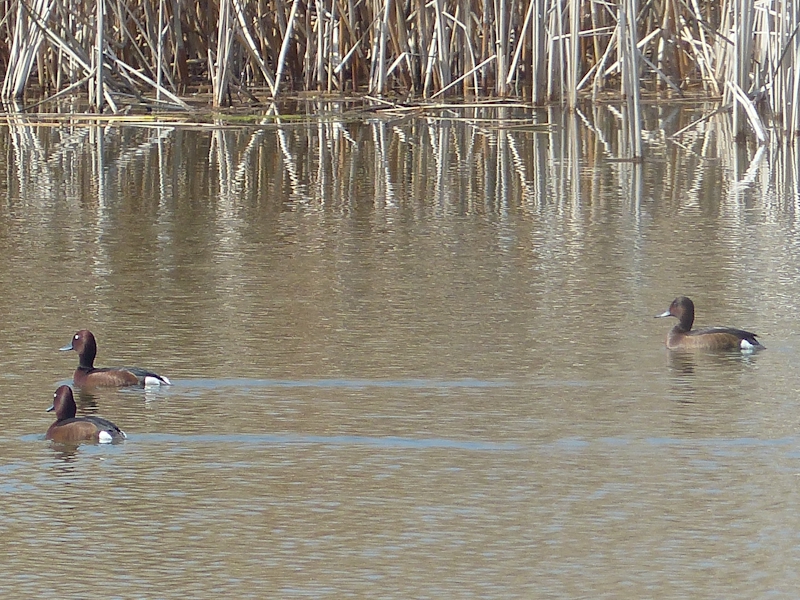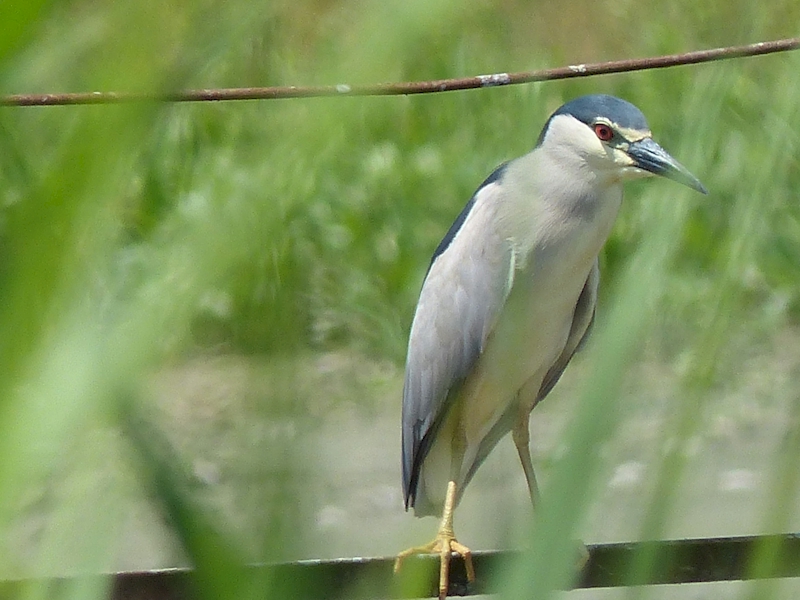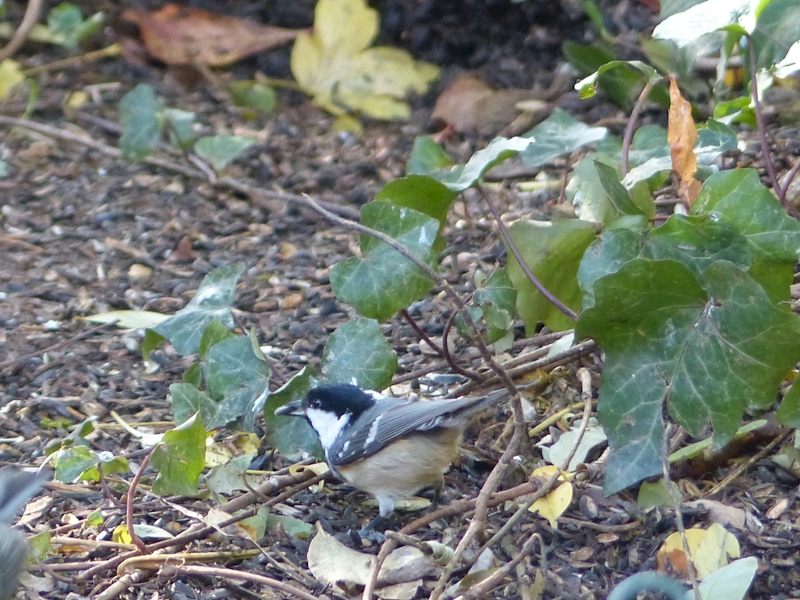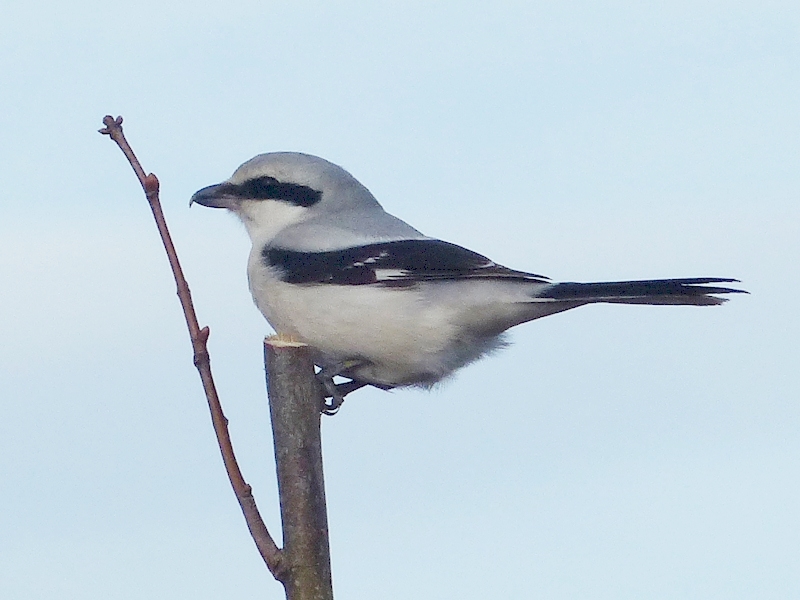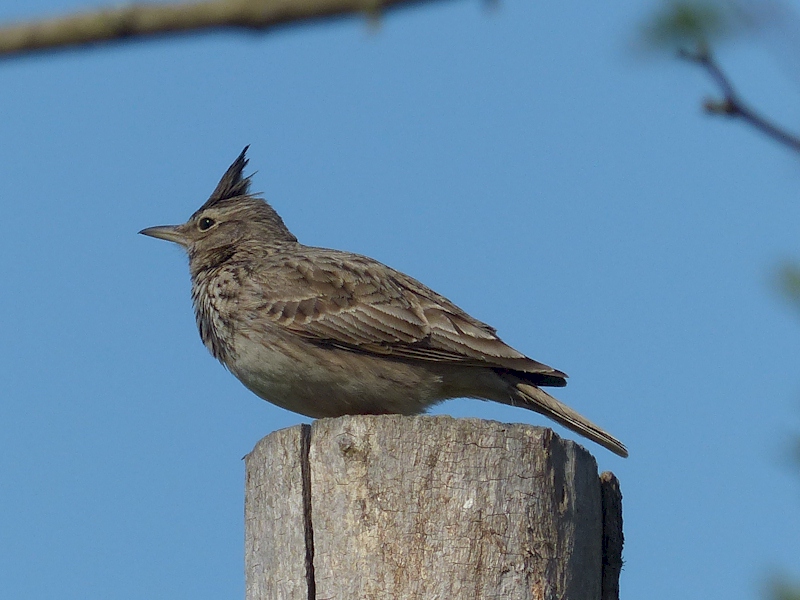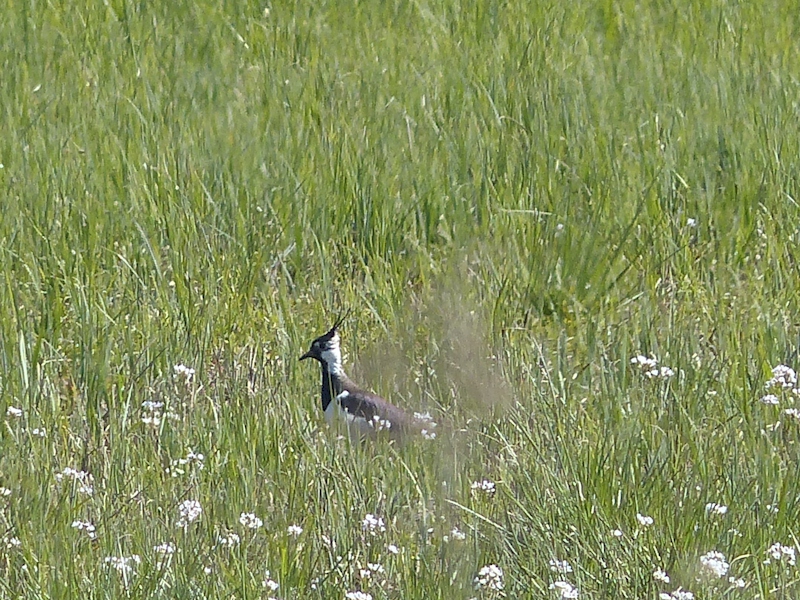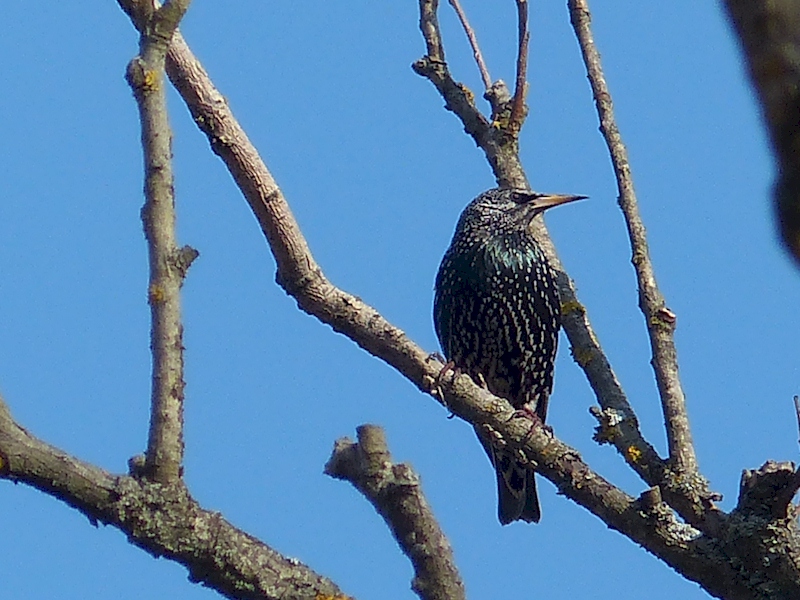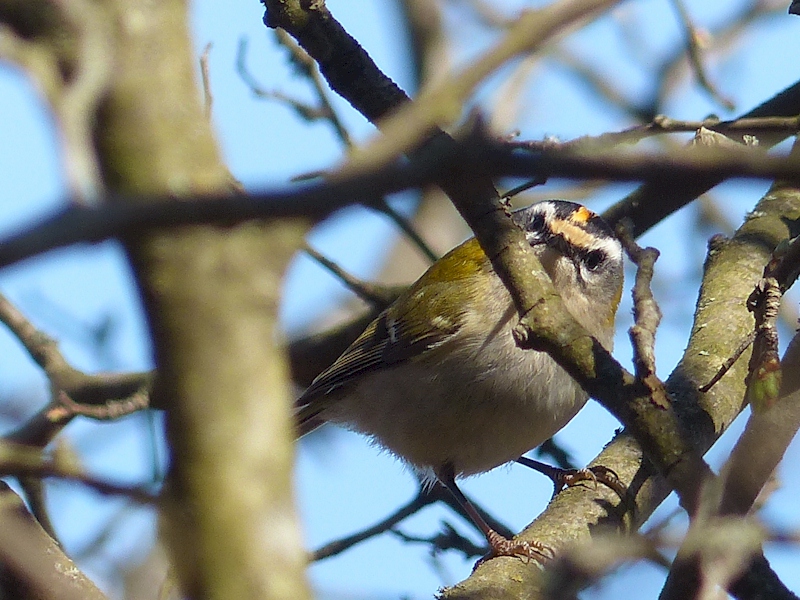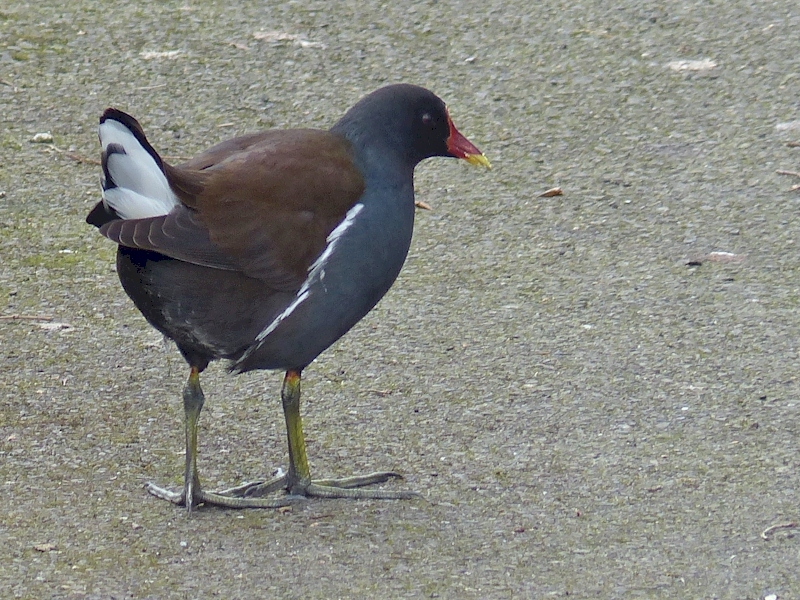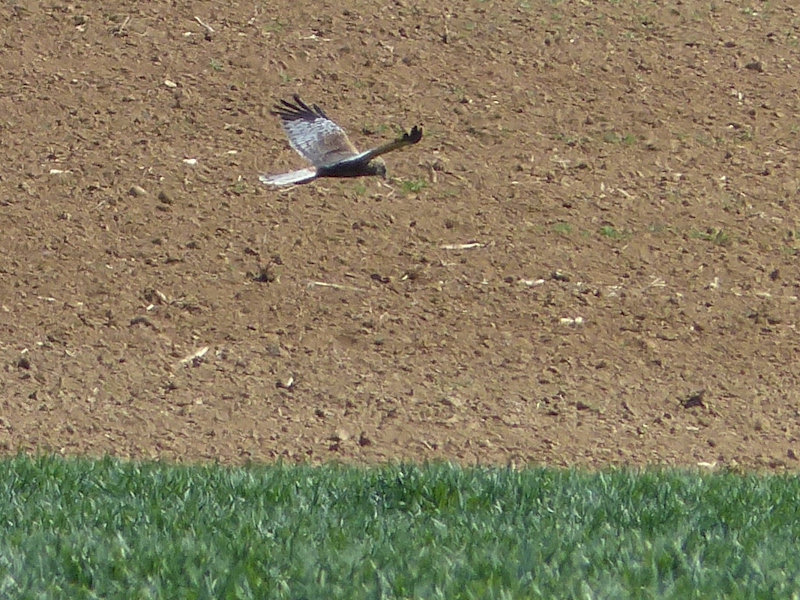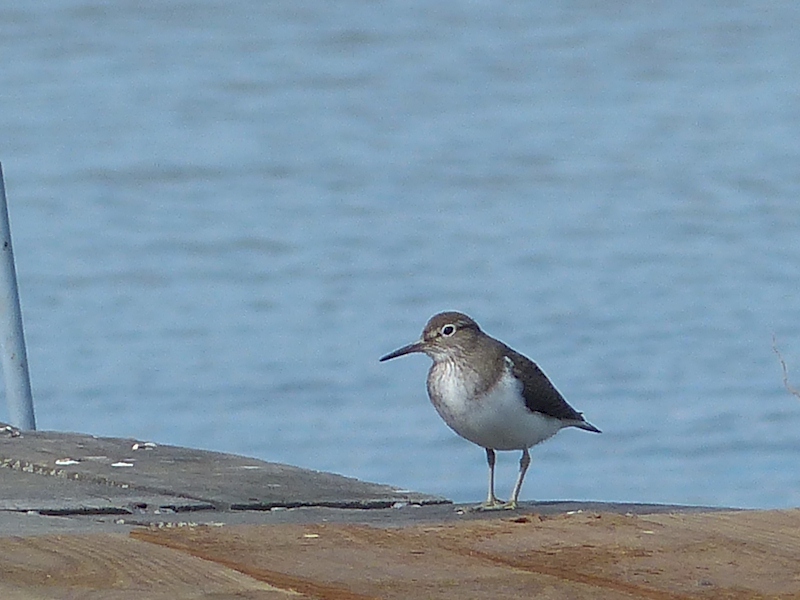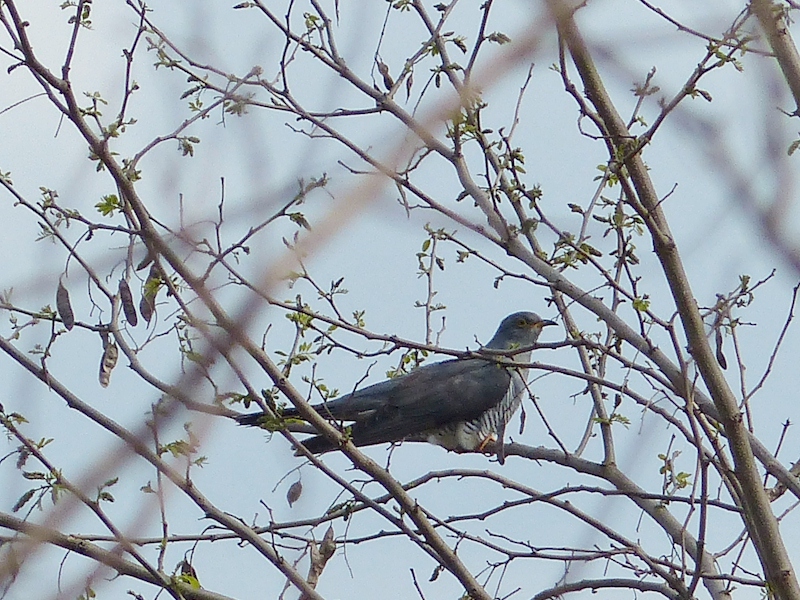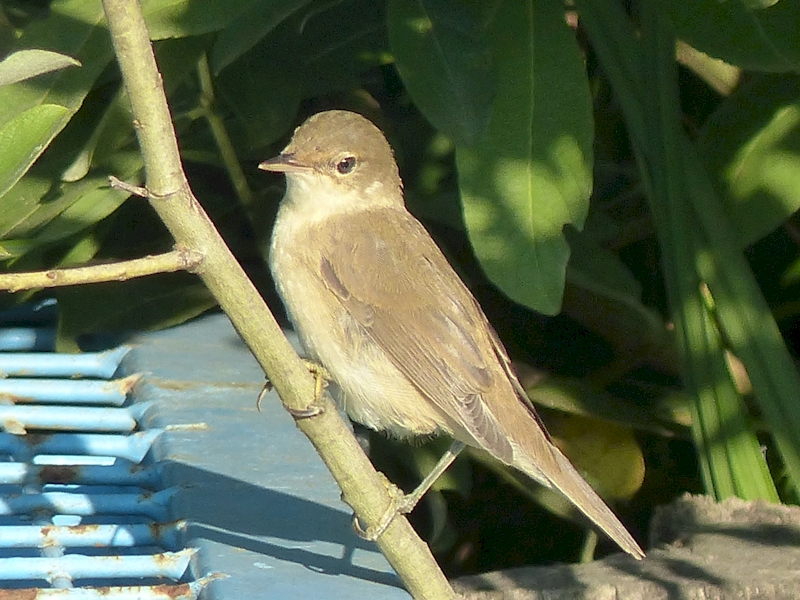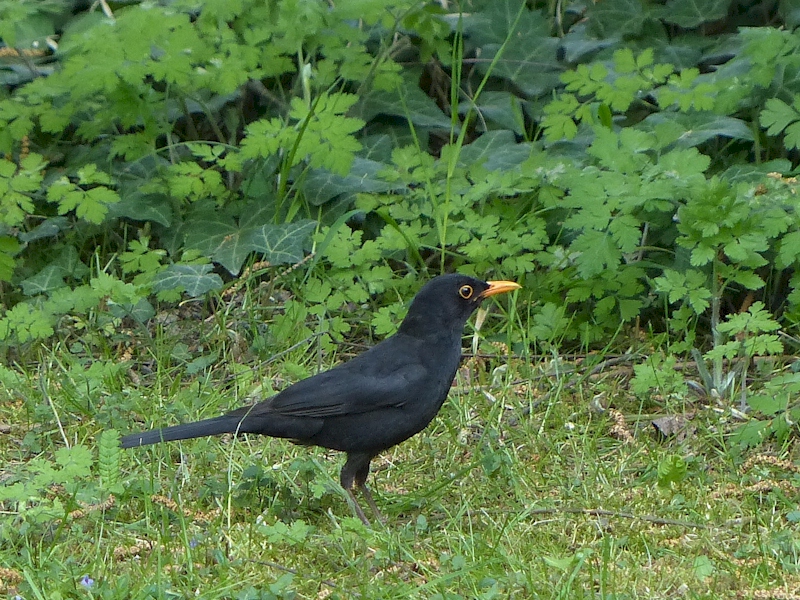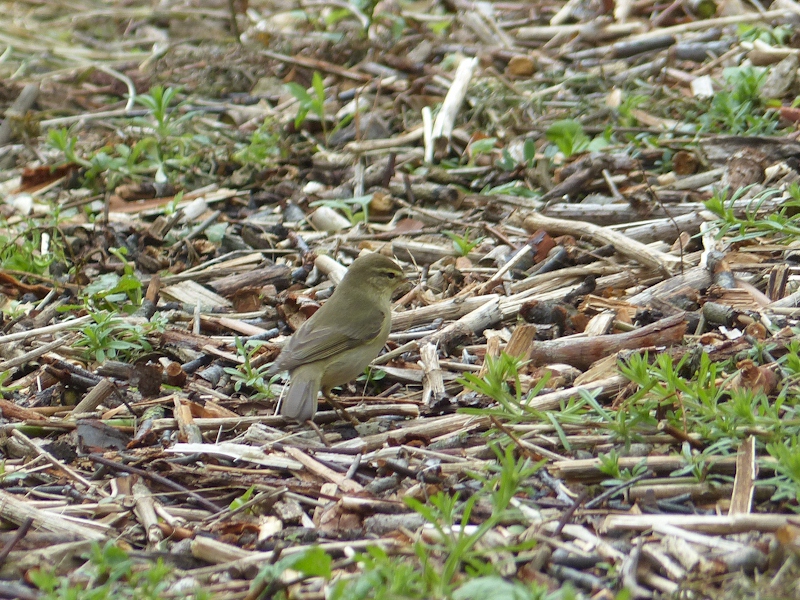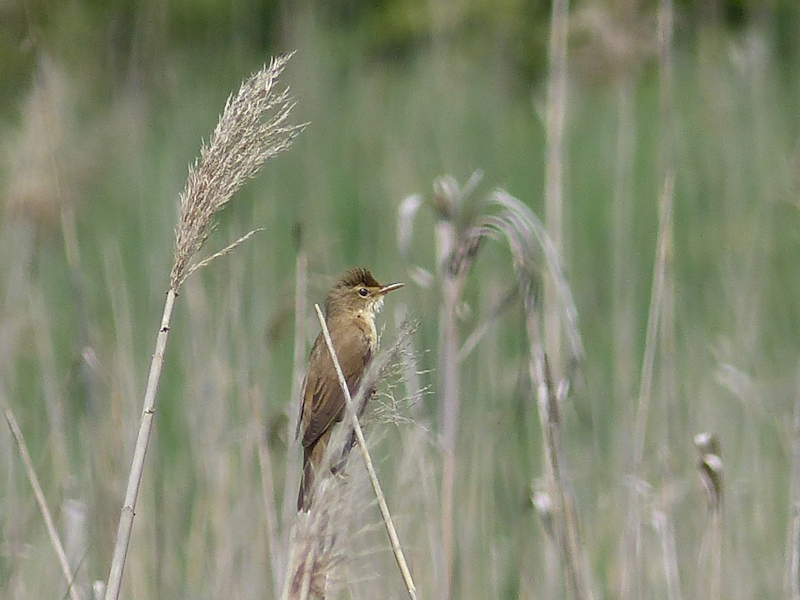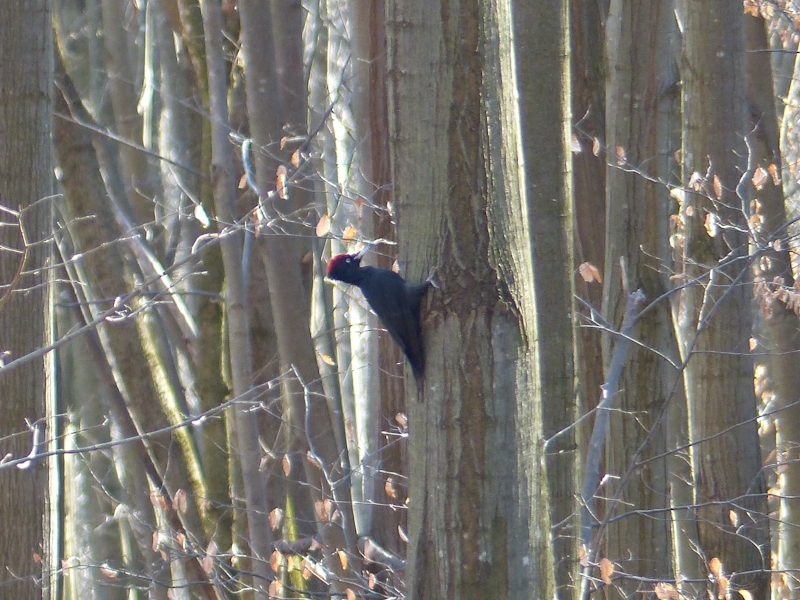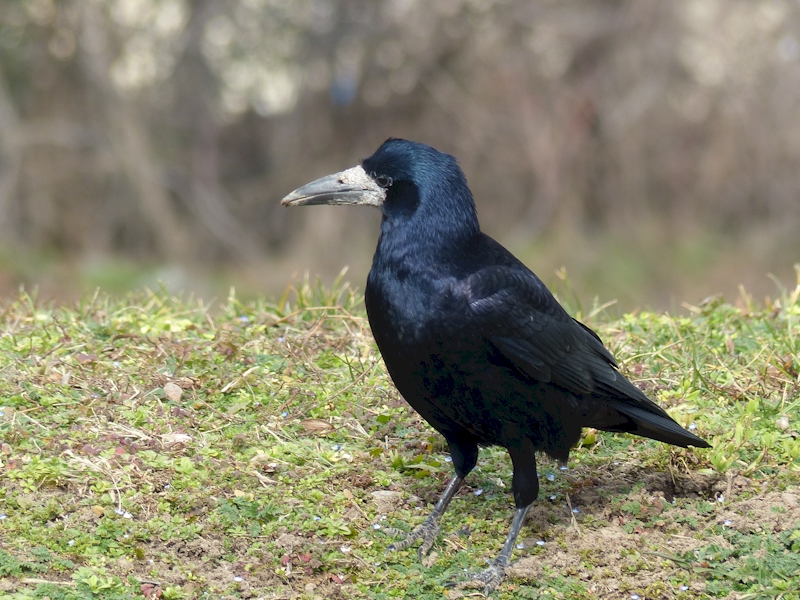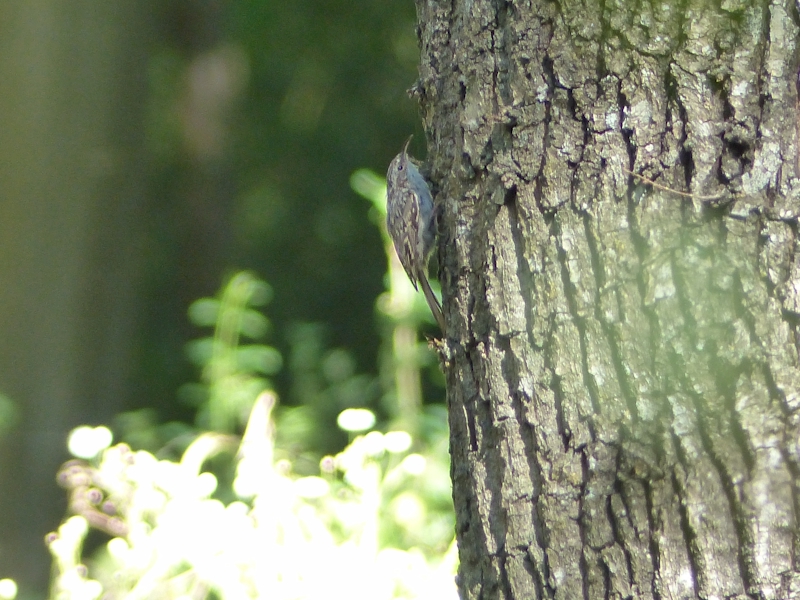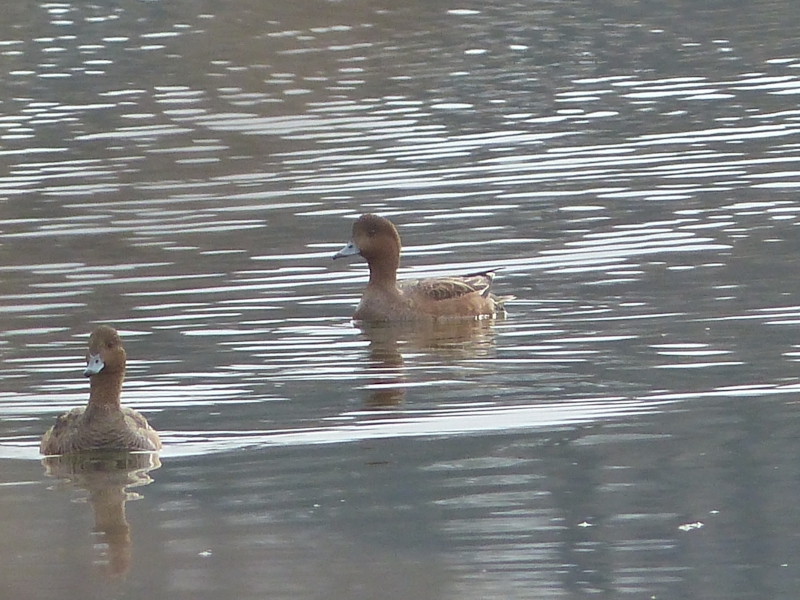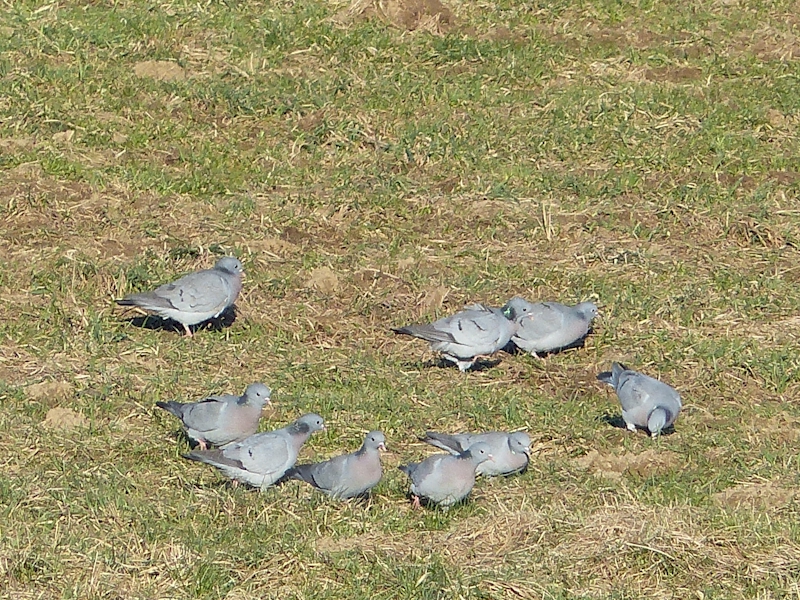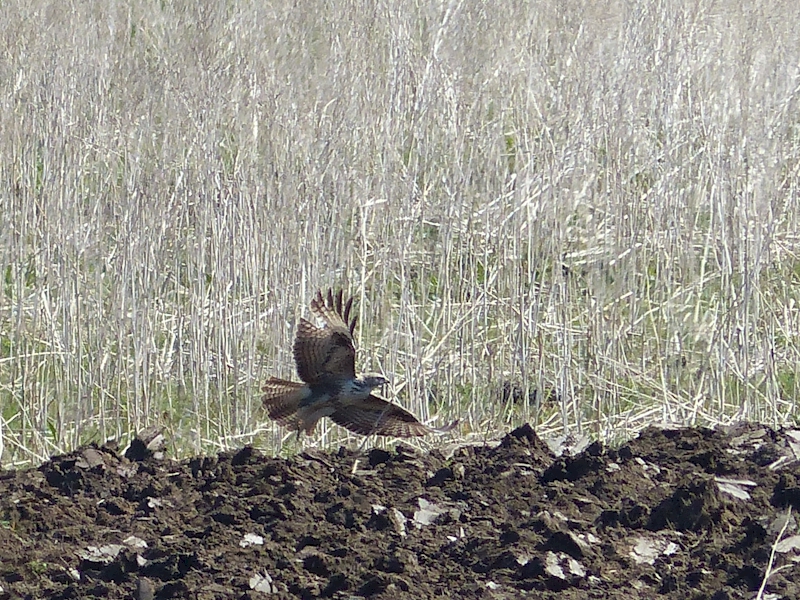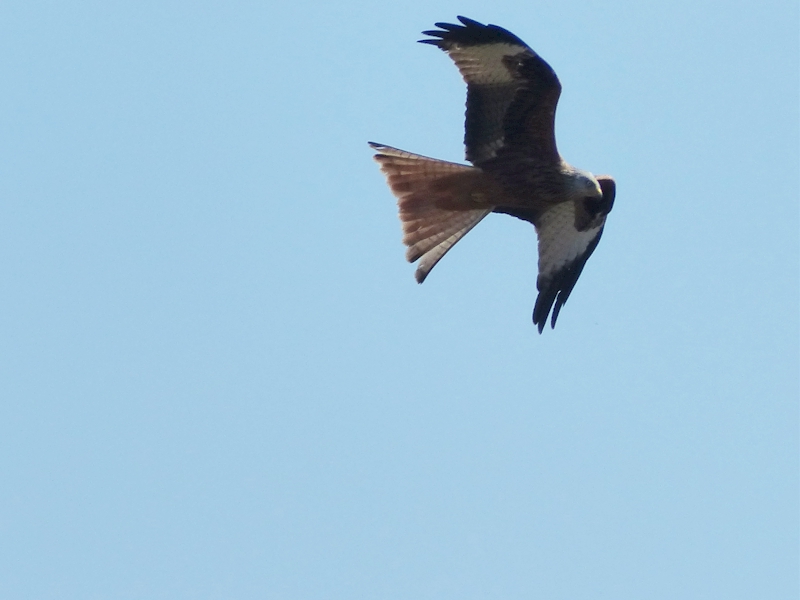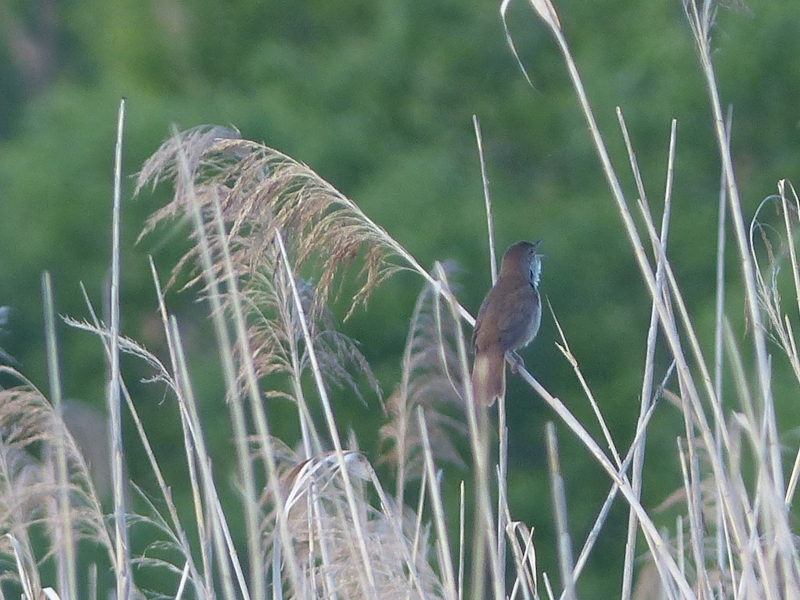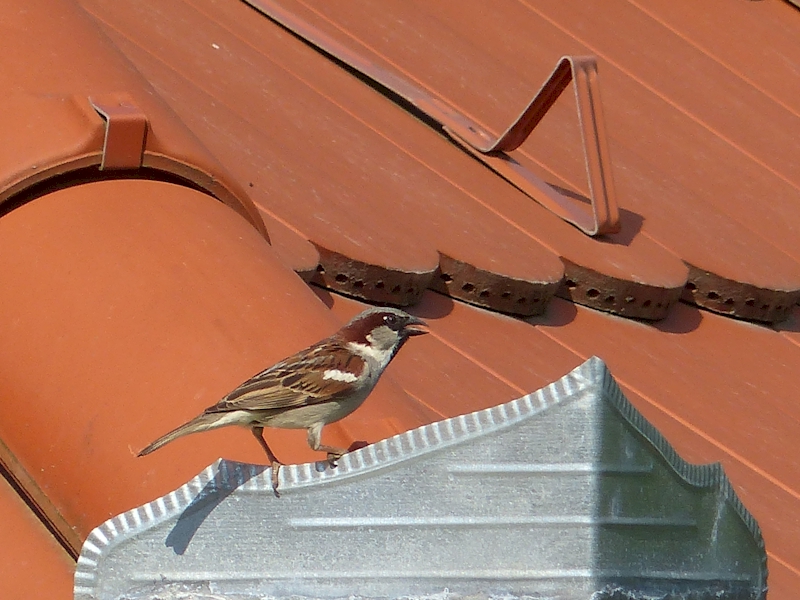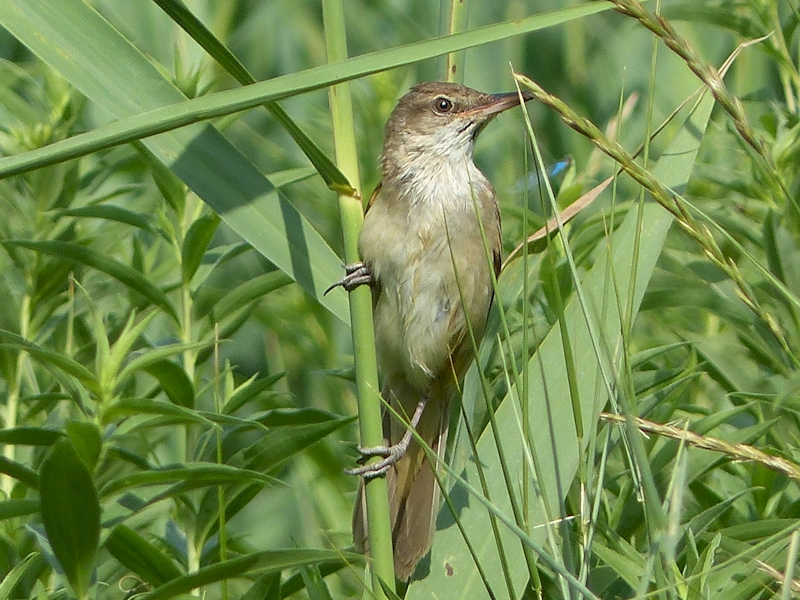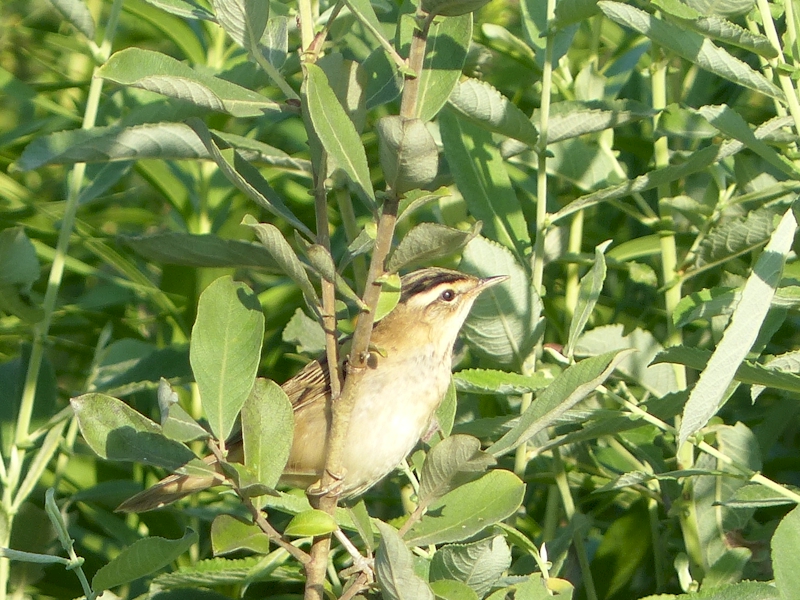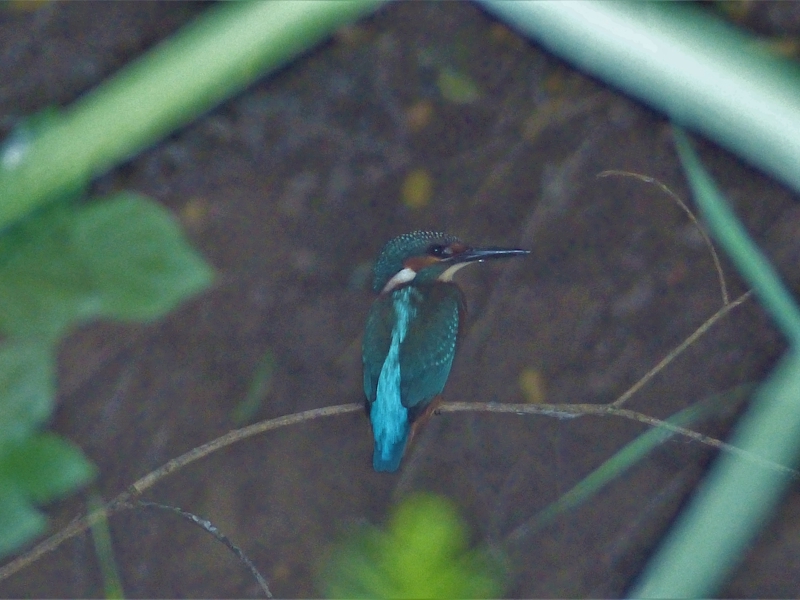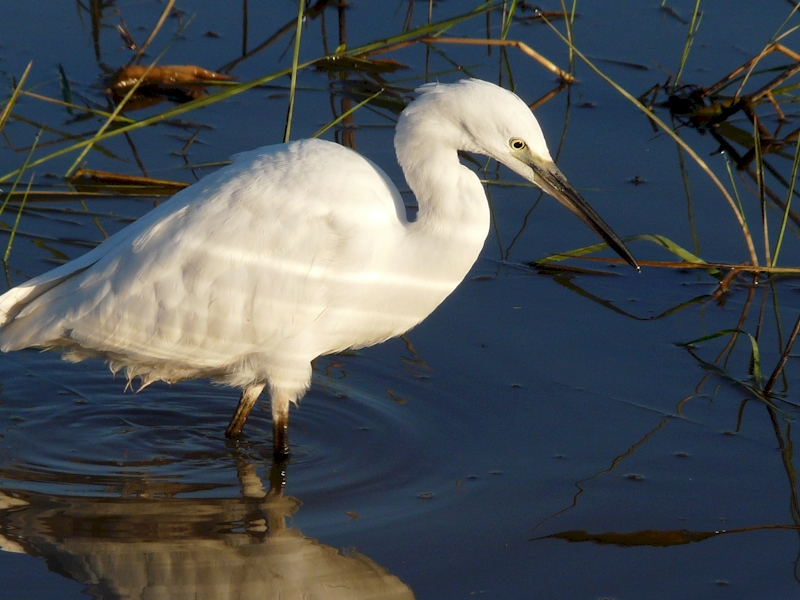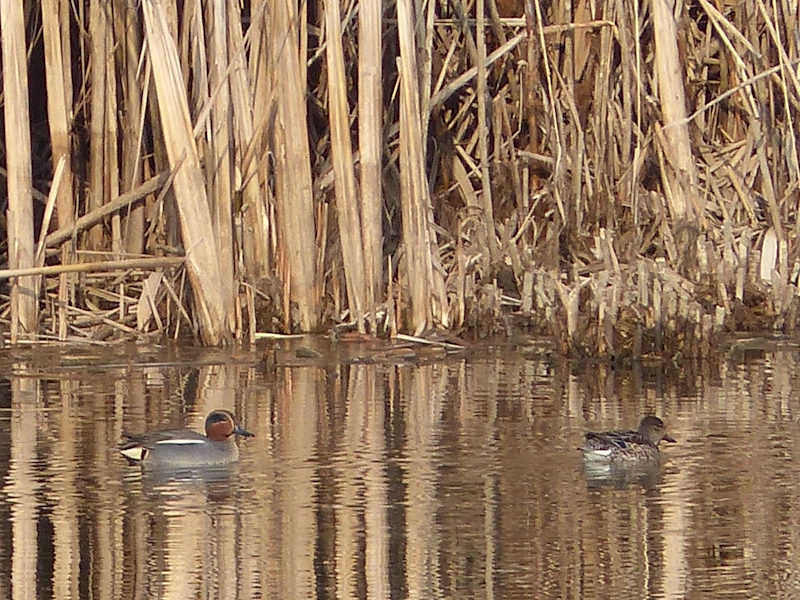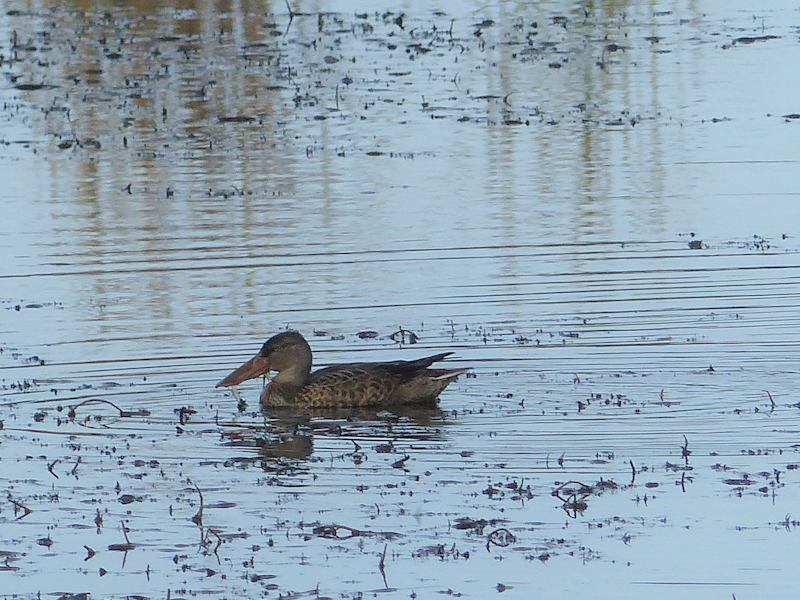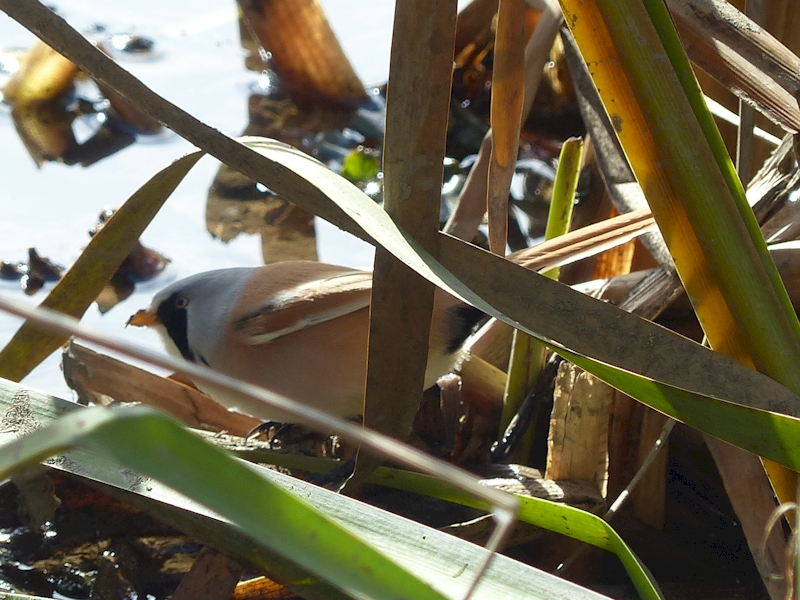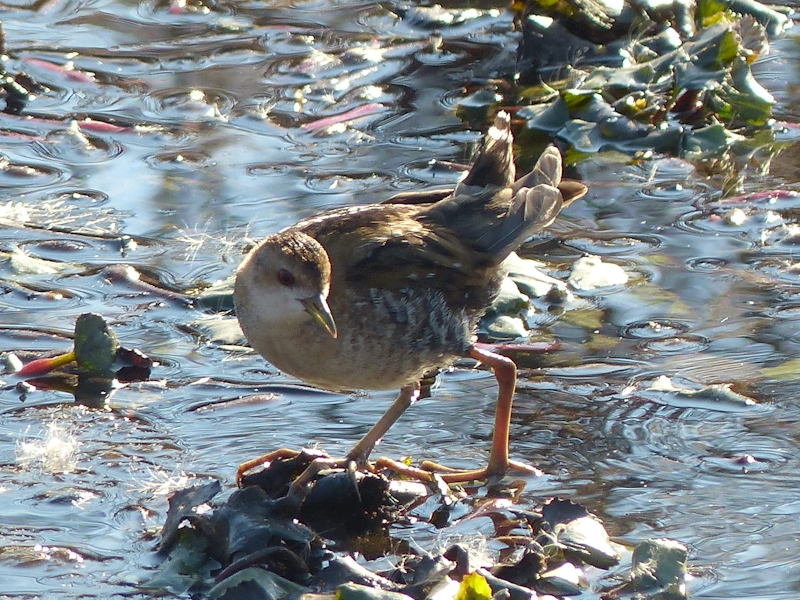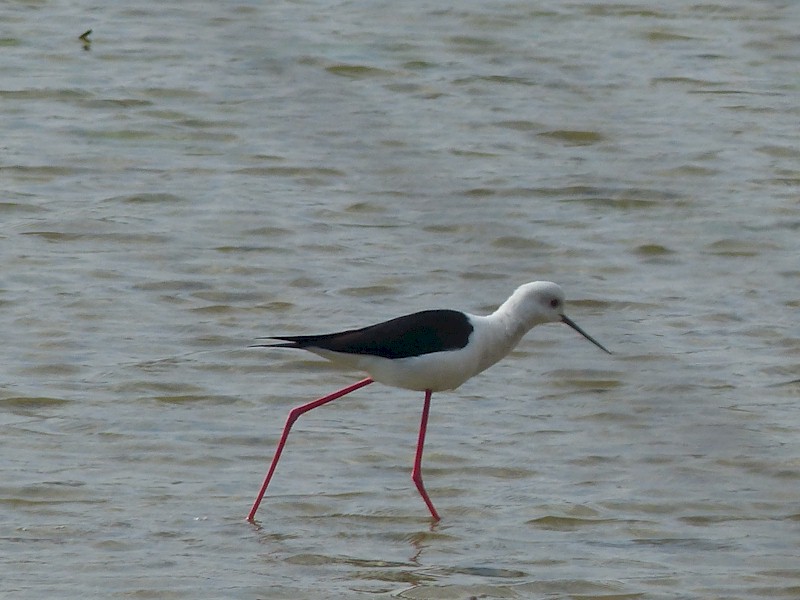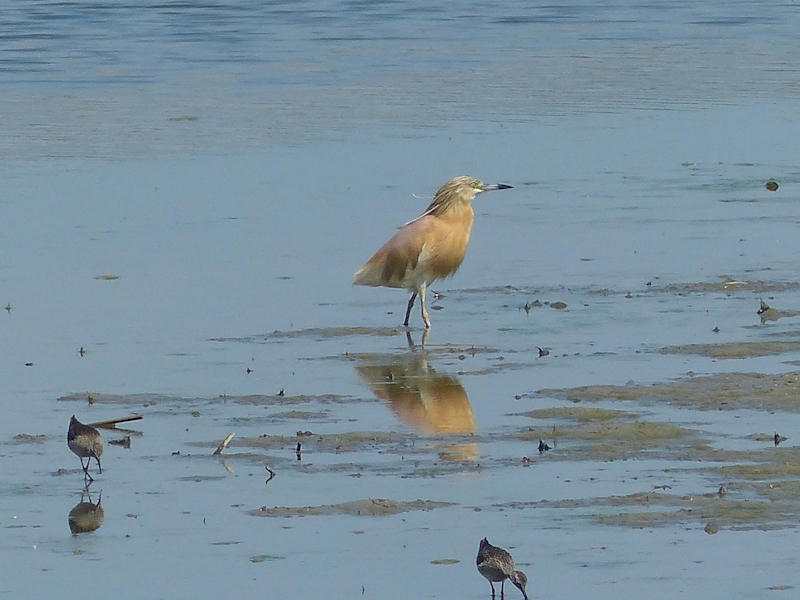
| Winter visitor.
|
| Nuthatch
| Sitta europaea
|  
|
| Common everywhere: in the village and in the forests.
|
| Short-toed treecreeper
| Certhia brachydactyla
|  
|
| Present, but not common.
|
| House sparrow
| Passer domesticus
| 
|
| Not very common in the village.
|
| Tree sparrow
| Passer montanus
|  
|
| Very common in the vilage, on the fields and grasslands.
|
| Blackcap
| Sylvia atricapilla
|  
|
| Common everywhere: in the village and in the forests.
|
| Lesser whitethroat
| Sylvia curruca
|  
|
|
|
| Chiffchaff
| Phylloscopus collybita
|  
|
|
|
| Willow warbler
| Phylloscopus trochilus
| 
|
| Until now, we've seen willow warblers only during migration in early autumn.
|
| Common cuckoo
| Cuculus canorus
|  
|
| Can be heard everywhere in spring, in the village as well.
|
| Great spotted woodpecker
| Dendrocopos major
|  
|
| Common.
|
| Middle spotted woodpecker
| Dendrocoptes medius
|  
|
| Rather common.
|
| Lesser spotted woodpecker
| Dryobates minor
|  
|
|
|
| Green woodpecker
| Picus viridis
|  
|
| Common.
|
| Grey-headed woodpecker
| Picus canus
|  
|
| To be seen and heard regularly.
|
| Black woodpecker
| Dryocopus martius
|   
|
| Enormous woodpecker (second largest in the world). Certainly not rare, sometimes to be seen in the village. Nevertheless, its striking call will give away its present, rather than its large size. (Audiofile 1 = call at rest, audiofile 2 = call in flight)
|
| Wryneck
| Jynx torquilla
|  
|
| Well camouflaged, unobtrusive bird, catching our attention mainly because of its call. Present in the village itself.
|
| Tawny owl
| Strix aluco
|  
|
| Present in the village itself.
|
| Long-eared owl
| Asio otus
| 
|
| Can be seen in winter.
|
| Barn owl
| Tyto alba
| 
|
|
|
| Jay
| Garrulus glandarius
|  
|
| Common everywhere: in the village and in the forests.
|
| Hooded crow
| Corvus cornix
|  
|
| Common everywhere: in the village and in the forests.
|
| Raven
| Corvus corax
|  
|
| Rather common and conspicuous because of its call.
|
| Rook
| Corvus frugilegus
| 
|
| Mainly present in the proximity of the cities (Szigetvár), but in autumn and winter we can sometimes observe large groups in the surroundings of Magyarlukafa.
|
| Magpie
| Pica pica
|  
|
| Can be seen in winter mainly near the ponds south of the village.
|
| Common buzzard
| Buteo buteo
|  
|
| Common everywhere, always to be seen and heard in the village.
|
| White-tailed eagle
| Haliaeetus albicilla
| 
|
| Imposing presence. The largest European eagle. Often seen, but rather unpredictable, probably because of its large territory. Silent.
|
| Western marsh harrier
| Circus aeruginosus
| 
|
| Present near the ponds south of the village.
|
| Hen harrier
| Circus cyaneus
| 
|
| Winter visitor. Often seen in a low flight on the grasslands bordering Magyarlukafa and between Magyarlukafa and Kishárságy.
|
| Honey buzzard
| Pernis apivorus
| 
|
| Rarely seen.
|
| Red kite
| Milvus milvus
| 
|
| Probably only during migration
|
| Sparrowhawk
| Accipiter nisus
| 
|
|
|
| Kestrel
| Falco tinnunculus
| 
|
|
|
| White stork
| Ciconia ciconia
| 
|
| Nests in many villages near Szigetvár, but not in Magyarlukafa. Makes his appearance sometimes in the valley when the grassland north of the village is being cut. Cf. video on the photo page.
|
| Black stork
| Ciconia nigra
| 
|
| Breeds in the Zselic and can be seen from time to time in the village and the direct surroundings, mainly flying overhead.
|
| Crane
| Grus grus
|  
|
| Only to be seen and heard during migration.
|
| Grey heron
| Ardea cinerea
| 
|
|
|
| Purple heron
| Ardea purpurea
|  
|
| At the first pond south of the village.
|
| Great egret
| Ardea alba
| 
|
| Mainly at the ponds south of the village.
|
| Little egret
| Egretta garzetta
| 
|
| At the ponds south of the village.
|
| Common spoonbill
| Platalea leucorodia
| 
|
|
|
| Night heron
| Nycticorax nycticorax
| 
|
| At the ponds south of the village.
|
| Squacco heron
| Ardeola ralloides
| 
|
| So far only seen once in spring.
|
| Great cormorant
| Phalacrocorax carbo
| 
|
| At the ponds south of the village.
|
| Common coot
| Fulica atra
|  
|
| At the ponds south of the village.
|
| Common moorhen
| Gallinula chloropus
| 
|
| At the ponds south of the village.
|
| Water rail
| Rallus aquaticus
|  
|
| At the ponds south of the village.
|
| Baillon's crake
| Porzana pusilla
| 
|
| Probably only during migration.
|
| Common sandpiper
| Actitis hypoleucos
| 
|
| At the ponds south of the village.
|
| Wood sandpiper
| Tringa glareola
| 
|
| Only during migration.
|
| Black-winged stilt
| Himantopus himantopus
|  
|
| So far only during migration.
|
| Great crested grebe
| Podiceps cristatus
| 
|
| At the ponds south of the village.
|
| Little grebe
| Tachybaptus ruficollis
|  
|
| At the first pond south of the village.
|
| Mute swan
| Cygnus olor
| 
|
| Breeding some years at the ponds south of the village.
|
| Mallard
| Anas platyrhynchos
|  
|
|
|
| Ferruginous duck
| Aythya nyroca
| 
|
|
|
| Common pochard
| Aythya ferina
| 
|
| Winter visitor.
|
| Widgeon
| Anas penelope
| 
|
| Winter visitor.
|
| Common teal
| Anas crecca
| 
|
| Winter visitor.
|
| Garganey
| Spatula querquedula
|  
|
| At the first pond south of the village.
|
| Northern shoveler
| Spatula clypeata
| 
|
| Winter visitor.
|
| Pheasant
| Phasianus colchicus
|  
|
| Common and can be heard all the time in the village and on the grasslands in the surroundings.
|
| Common quail
| Coturnix coturnix
|  
|
| Very difficult to see, but has a distinctive call.
|
| Lapwing
| Vanellus vanellus
|  
|
| Only observed a few times in spring on the grassland bordering the northeast side of the village.
|
| Wood pigeon
| Columba palumbus
|  
|
|
|
| Stock dove
| Columba oenas
| 
|
|
|
| European turtle dove
| Streptopelia turtur
|  
|
| Common, in the village as well, but always well hidden. Despite its quiet cooing call the birds are easier to be heard than seen.
|
| Collared dove
| Streptopelia decaocto
|  
|
| Not in Magyarlukafa, but present in many villages closer to Szigetvár.
|























